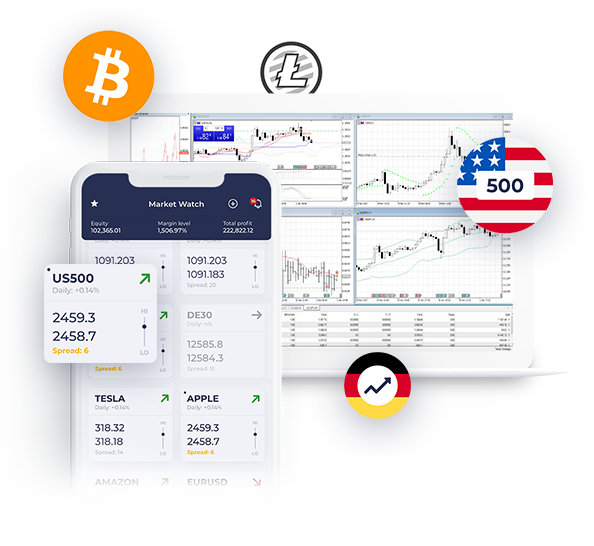Glossary of terms
-
Accelerator Oscillator (AC)
Accelerator Oscillator (AC) – a technical indicator, created by Bill Williams, a derivative of the Awesome Oscillator indicator. The task of the AC is to measure the strength of trends. The indicator is displayed as a histogram, where any value higher than the previous one is presented as a green bar and the values lower than the previous are displayed as red bars.
-
Accumulation/Distribution( A/D)
Accumulation/Distribution( A/D) – a technical indicator, developed by Larry Williams. A/D is an indicator of change, which reflects the correlation of price behaviour in relation to volume. Indicates whether changes in exchange rates are accompanied by an increased accumulation or distribution movements. Increase in prices while volume growth is accumulation. Decrease in prices while volume growth is distribution.
-
Accumulative Swing Index (ASI)
The indicator is designed to measure the likelihood of breakout in the market. It is between the values of -100 and 100, where positive values indicate an upward trend and the negative, a downward trend. It can be presented in the form of a candle chart. Its main advantage is being subject to the same laws of technical analysis as price charts. The ASI is much smoother than a price chart, easier to analyse and avoids false signals.
-
Adjustment
Price movement in the opposite direction to the dominant trend.
-
Appreciation
This means an increase in value of the currency.
-
Ask price
This is the price at which the currency is sold on the market. Investors can buy the base currency at the price. Ask is the lowest price acceptable to the seller.


